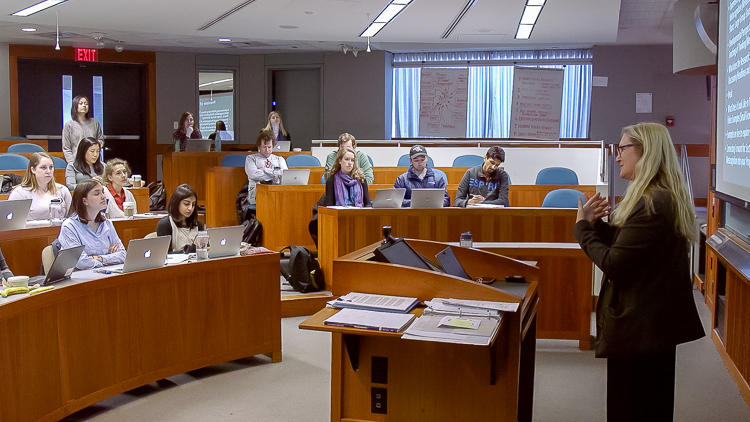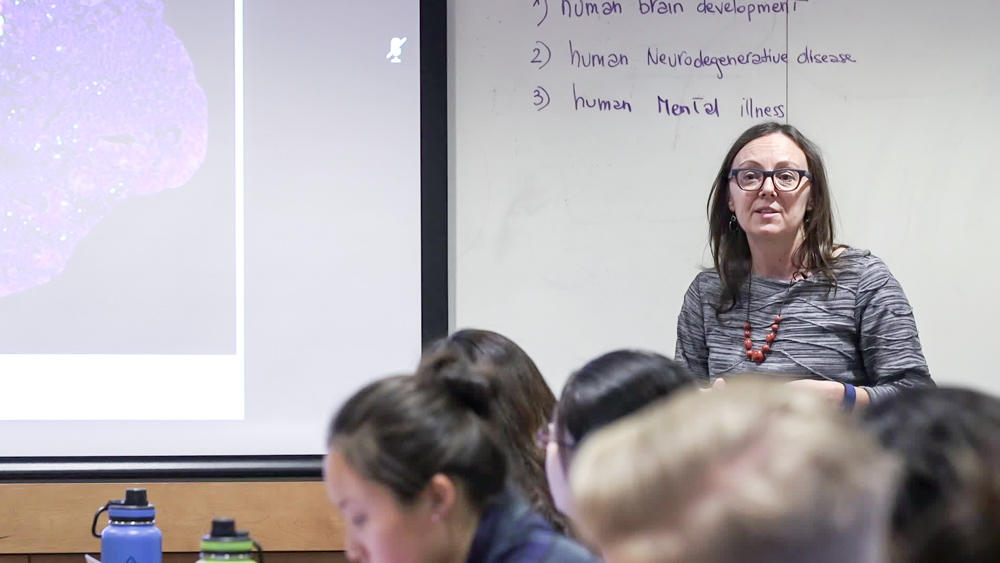Just like athletes in team practices, students can benefit enormously from a brief warm-up period at the start of class. To invigorate and prepare his students before diving into analytical conversations, Brett Flehinger frequently kicks off lectures with a flurry of factual and brainstorming questions. Once he observes that students have co-constructed some common understanding, Flehinger ups the stakes and challenges students to dig deeper into the material.
Warming Up the Class With Foundational Questions
Instructor
Brett Flehinger, Lecturer on History
Student Group
Undergraduate
School
Harvard College
Course
American Populisms: From Thomas Jefferson to the Tea Party + Trump
Group Size
38 students
- Ask questions early on in your lecture, and take multiple responses to send the message that students’ participation and ideas matter
- Solicit student ideas without critiquing them to warm up the discussion and build a common body of knowledge before asking the class to test out and evaluate claims
- Too often instructors rely on low-level recall questions instead of those that require synthesis, analysis, and evaluation. Audit the questions you ask to ensure variety and complexity. Try recording your lecture and documenting your questions or asking a colleague to stop in and inventory the types of questions you pose.
- The process of prompting students to explain concepts requires them to integrate existing and new knowledge and is associated with positive learning outcomes (Chi et al., 1994; Coleman et al., 1997)
- Bloom’s taxonomy can help instructors develop questions in the knowledge dimension that can then serve as the foundation for activities of higher cognitive demand (Krathwohl, 2010)
- The Chicago Center for Teaching at the University of Chicago has created a toolkit to help instructors with “Asking Effective Questions”
- The Center for Innovation in Teaching & Learning at the University of Illinois offers a comprehensive guide to plan and execute “Questioning Strategies”




